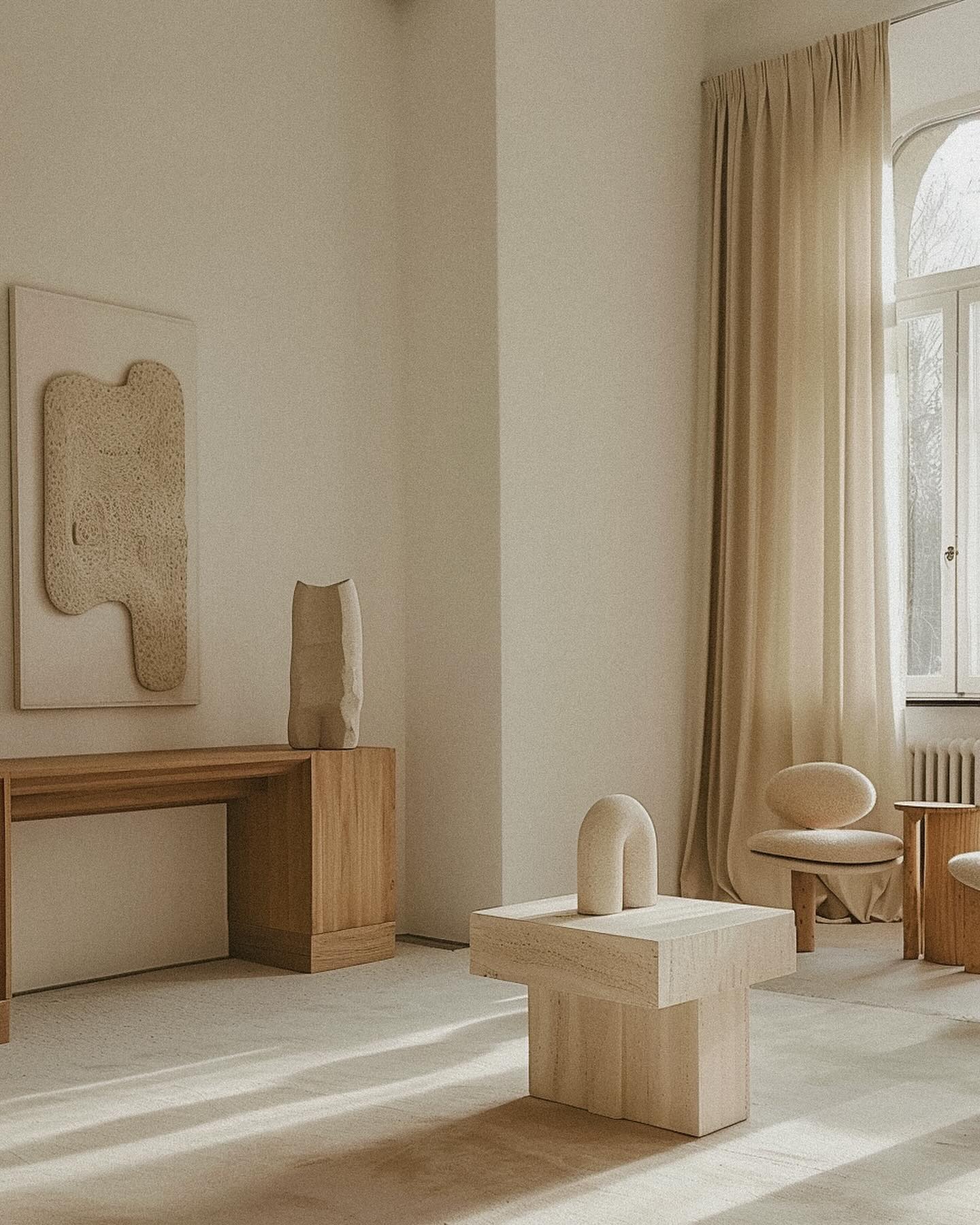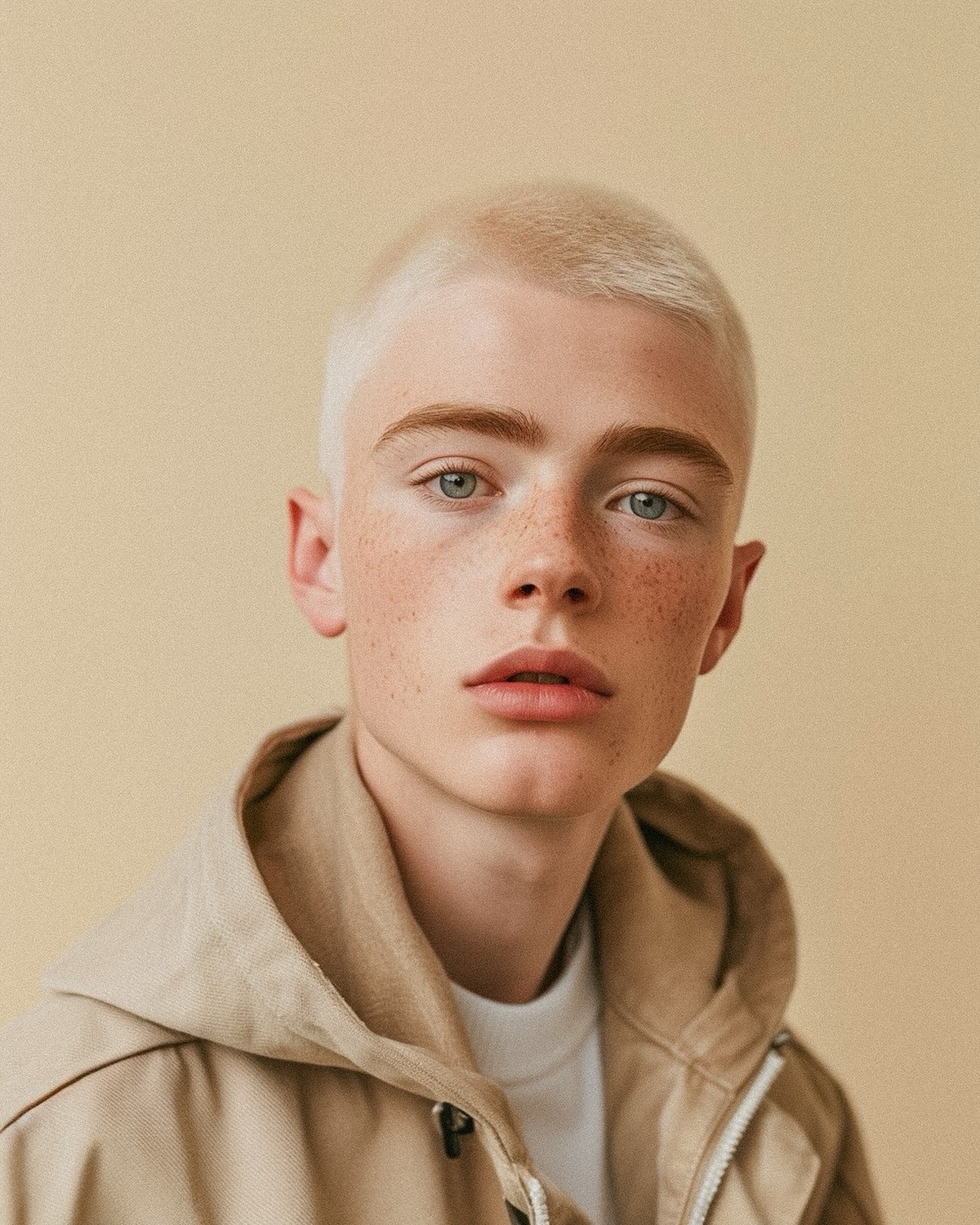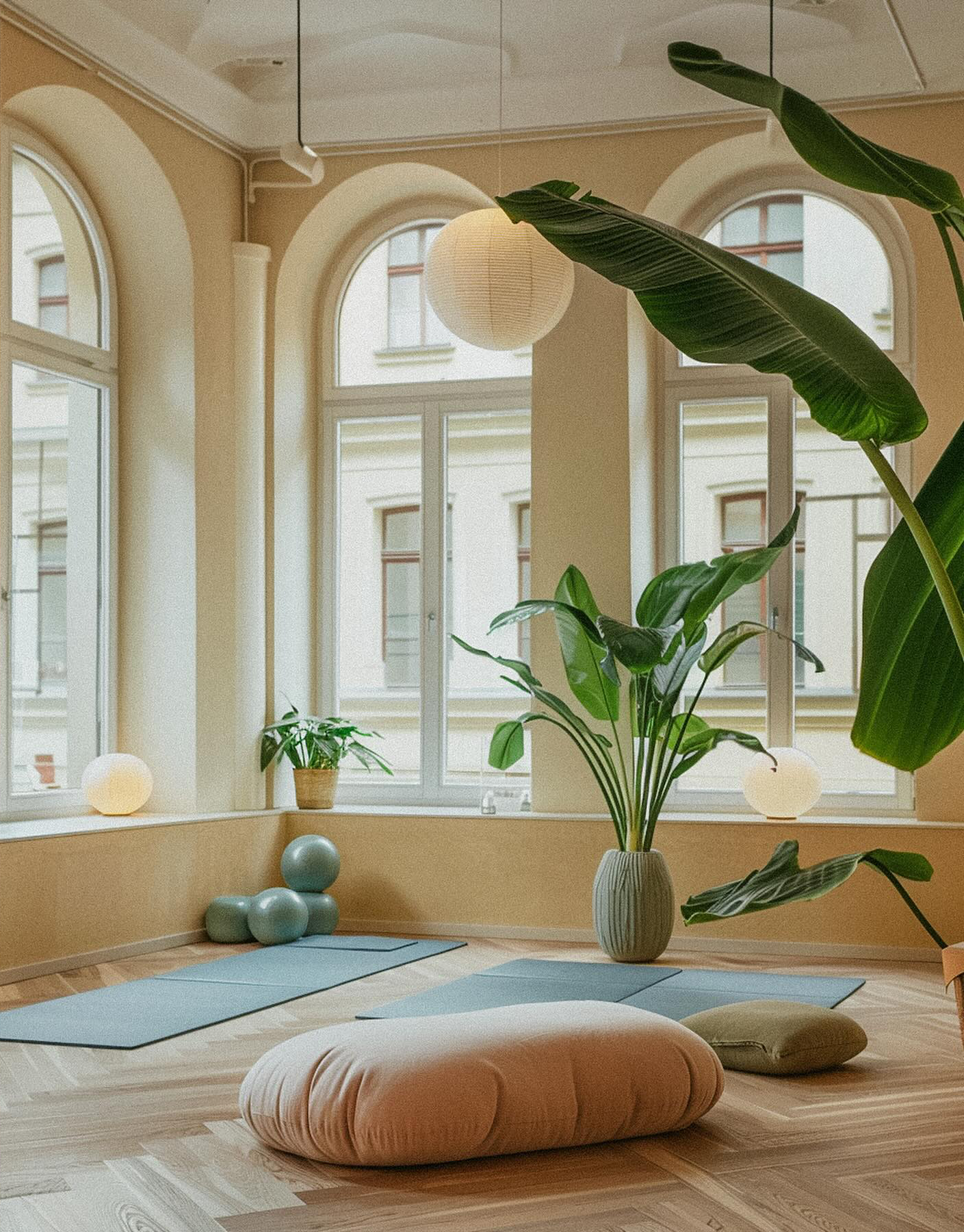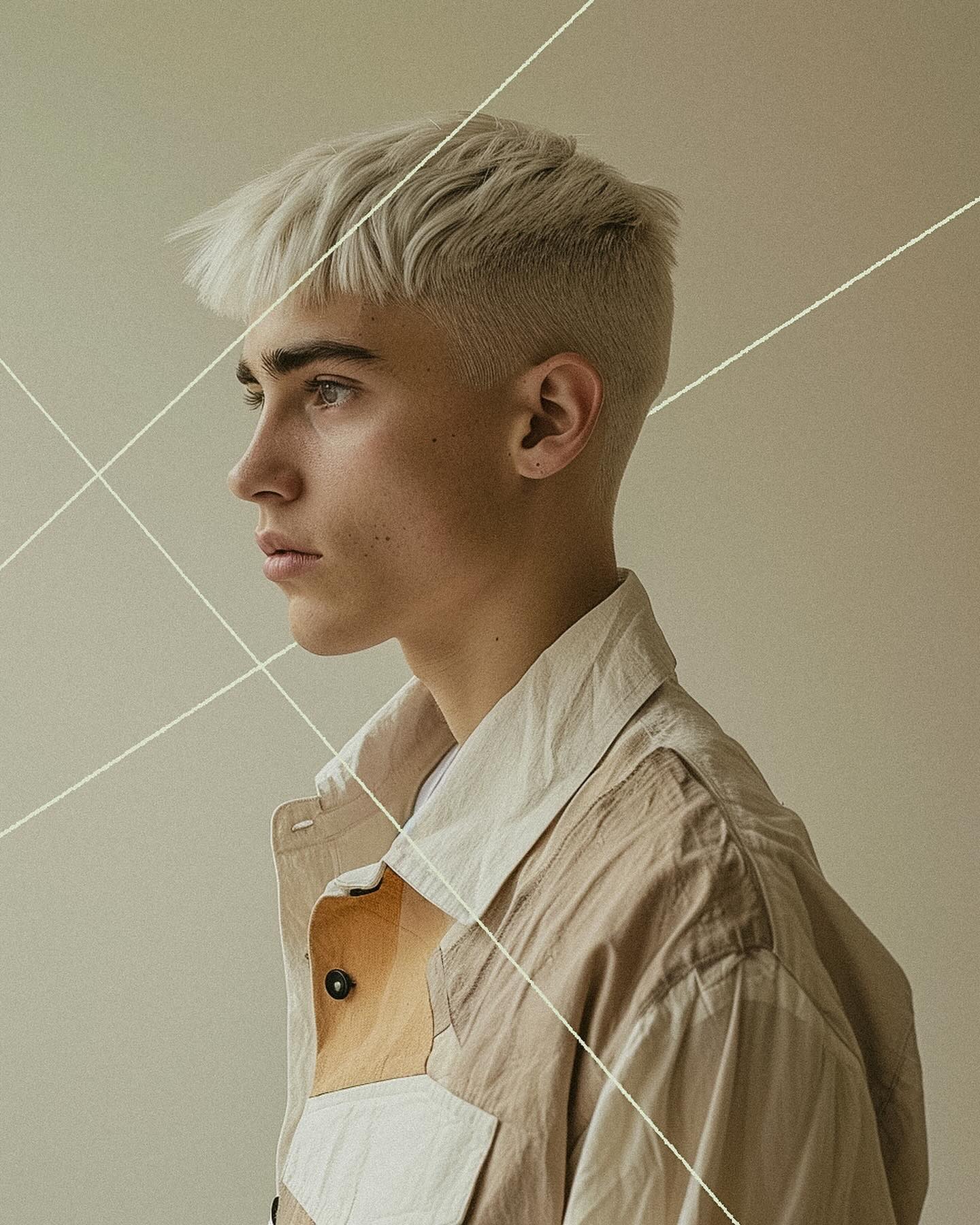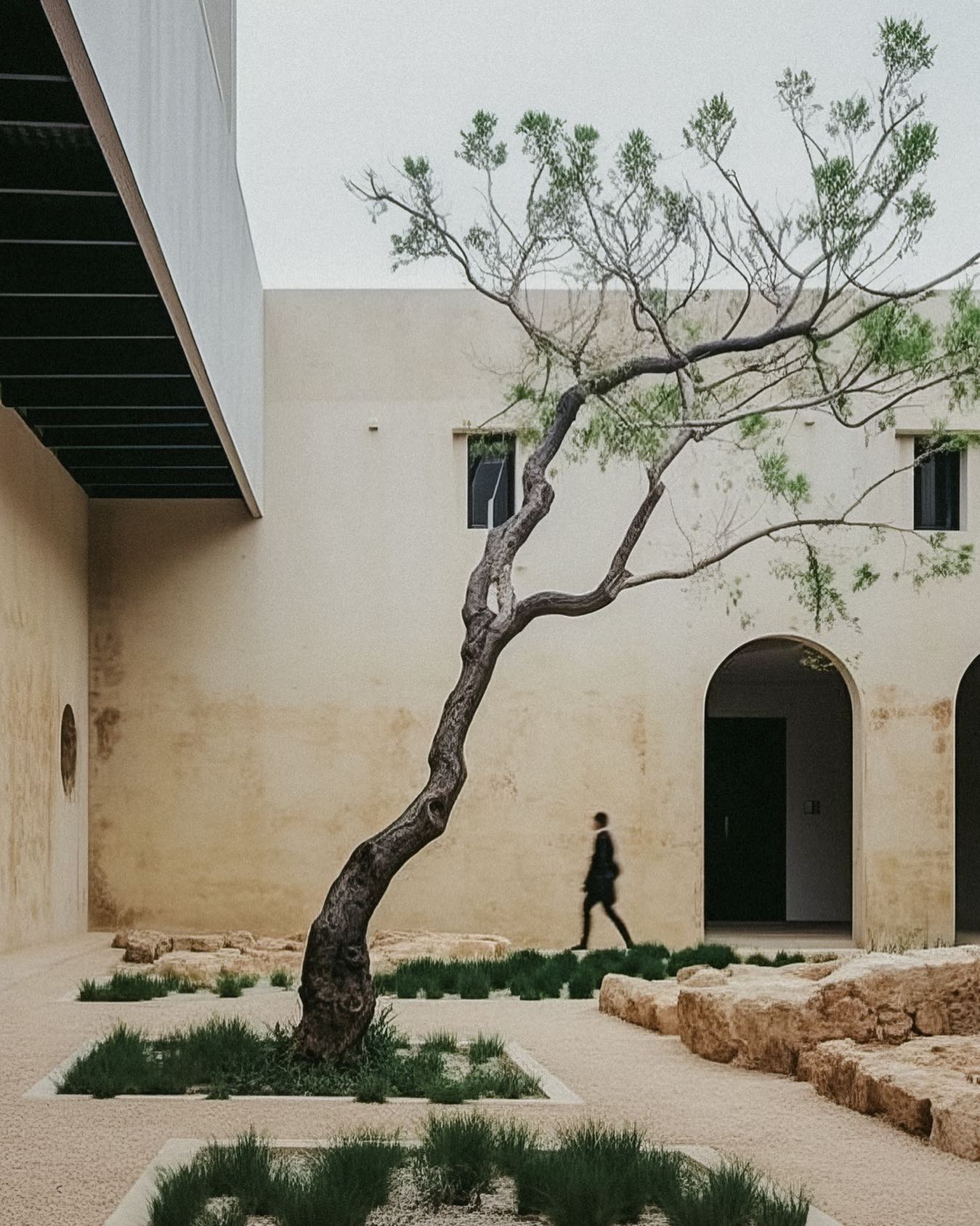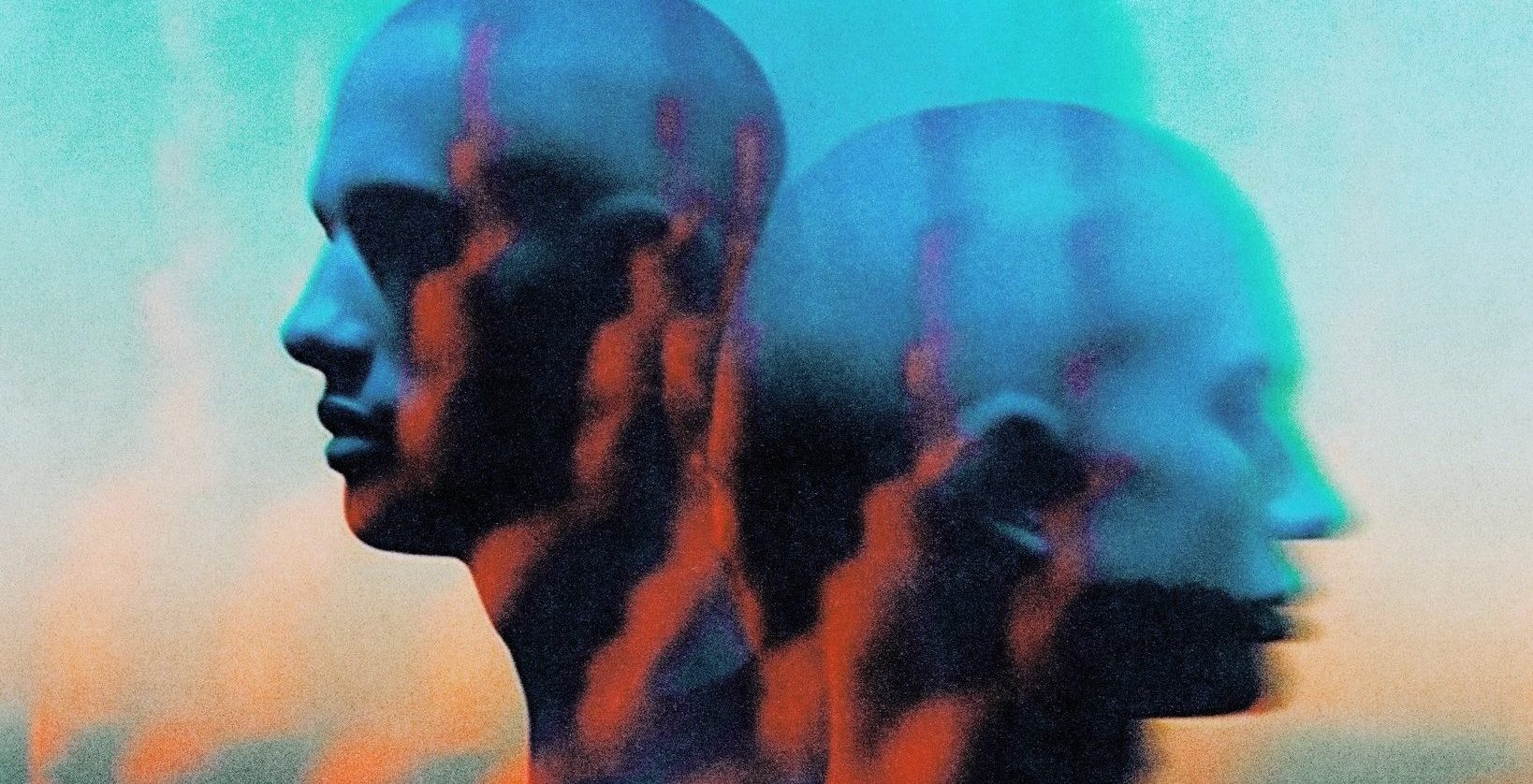Could you give us a quick overview of your creative background?
I studied architecture and worked for six years in different architecture studios in Vienna, Austria.
I’ve always had an interest in other creative ventures like interior design, photography, illustration and graphic design, which I taught myself.
What’s your usual process or workflow when generating images with AI?
My process varies. Sometimes, I need many variations and inpainting to arrive at a result that I’m happy with.
My prompts are usually very detailed, based on formulas I’ve been perfecting over time. I then jump into Magnific AI, do post-processing in Photoshop, and give the image the final look with Lightroom.
Do you use images as references or are your starting inputs mostly text prompts?
My inputs are only text-based; that’s what I’ve found to be the best way to achieve a consistent look and the highest quality results.
I’m now trying face swapping, and that’s the only image reference I use.
You’ve been able to transfer your style to AI imagery seamlessly. How do you achieve that?
I have created formulas for my different series and vary the prompts based on what I want the outcome to be. I generally need many variations to achieve the results I want. But the main prompt stays the same.
I have a very specific color palette that repeats over time. Also my Lightroom preset generated specifically for my AI images helps me to achieve a homogenized look.
How do you see AI in your creative process? Do you see it as a tool, a co-creator, or perhaps as a vast universe of visual ideas waiting to be explored?
I see it as all of the above!
Midjourney is my notebook. All my ideas are instantly prompted away and it’s like a brain dump for me.
What do you enjoy the most about creating images with AI?
The endless possibilities to create visual appealing images that make me happy.
What aspects of AI image generation do you find the most challenging or frustrating?
I struggled a lot with Midjourney v6 at first. I had to redo all my prompts and they became much more complex and detailed.
Is mastering AI image generation more straightforward than other forms of creative expressions?
I think one needs to have a real interest in exploring their creativity (or a slight obsession) in order to progress with time.
Midjourney is the best tool for my ADHD brain, giving me instant output and visual feedback on what my thoughts could look like.
What resources or communities have been most useful in your AI learning journey?
I tried from the beginning not to look at other people’s work and taught myself only using the official Midjourney guides, in order not to be influenced by any trends.
Has working with AI altered your perception of creativity and your role as a designer?
Enormously!
It’s like creativity on steroids!
I can finally express myself at a speed that wasn’t possible for me before.
Have you incorporated AI into projects for clients or commercial purposes?
I have used it for generating mockups for artists, for visualizations for real estate investors, product placement for interior design shops, wallpaper companies and for the fashion industry.
How do you approach explaining the value and role of AI in your work to people unfamiliar with technology or skeptical of its creative application?
Many people who are reluctant to use AI have approached me and said that my work changed their perception of how AI can be used, spreading positivity and a calming feeling. I cherish that a lot.
Beyond using it for inspiration or mood boards, how can AI be used in the field of interior design?
I use it to create visualizations for real estate and planning new concepts for upcoming businesses. Also placing products with the help of Photoshop in my series “fictional spaces”.
Have you experimented with AI for illustration purposes?
A little bit, but not really, as I prefer keeping illustration mainly analog or on the iPad using Procreate. I don’t discard it though! I’ve also added graphic elements to my images by hand.
How do you think AI will impact the illustration industry?
I have a lot of respect for the work behind creating an illustration and individual style and personally I think it won’t replace the work of illustrators. The results are not cohesive enough for that.
What about photography?
Well, this one is tricky! I personally started the series “an AI ode to color” to create concepts that I would like to recreate in real life in a studio. I am setting up one right now to start shooting with models and bring this images into reality. It is a great source of inspiration and for trying ideas when you don’t yet have access to equipment and resources for renting out a studio as it was in my case.
And architecture?
It is a game changer. I’ve used it at work for generating concepts for competitions, creating mood boards for the look and feel and materials of projects in the initial phases.
When it comes to creating images with AI, what ethical considerations do you find important?
I find it important to create something original and to never copy someone’s work.
That’s why I’m so reluctant with using reference images. I started sharing work that made me happy and I found visually pleasing and soothing.
The Top 3
Top 3 words to describe your AI-generated work
Top 3 AI creatives whose work stands out to you
Top 3 improvements you wish to see in current AI tools
- Video creation! I’m looking forward to using Sora
- I would like to have a native Face swapping Function in MJ that is easy to use
- Options for placing actual images of products as in real live
Top 3 advice for creatives considering starting to experiment with AI
- Be original
- Explore your thoughts and imagination. There are no limitations!
- Create your own fictional world
Thank you so much, Laura, for sharing your process, insights and vision for the future of AI in creative and design industries! Your enthusiasm is contagious, and you are a great example of how eager designers can embrace AI to take their creativity further.
Thanks for an inspiring conversation!
 ☰
☰








